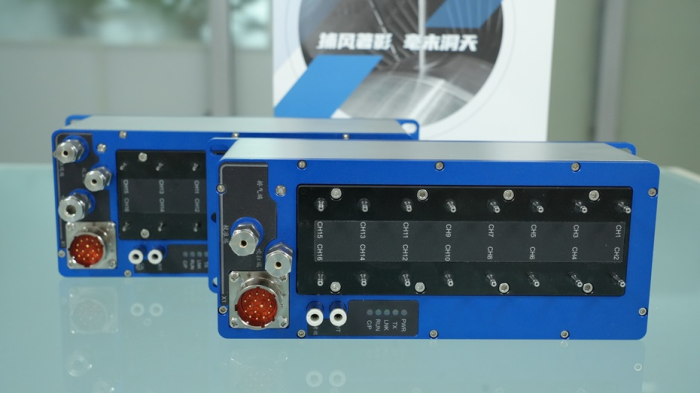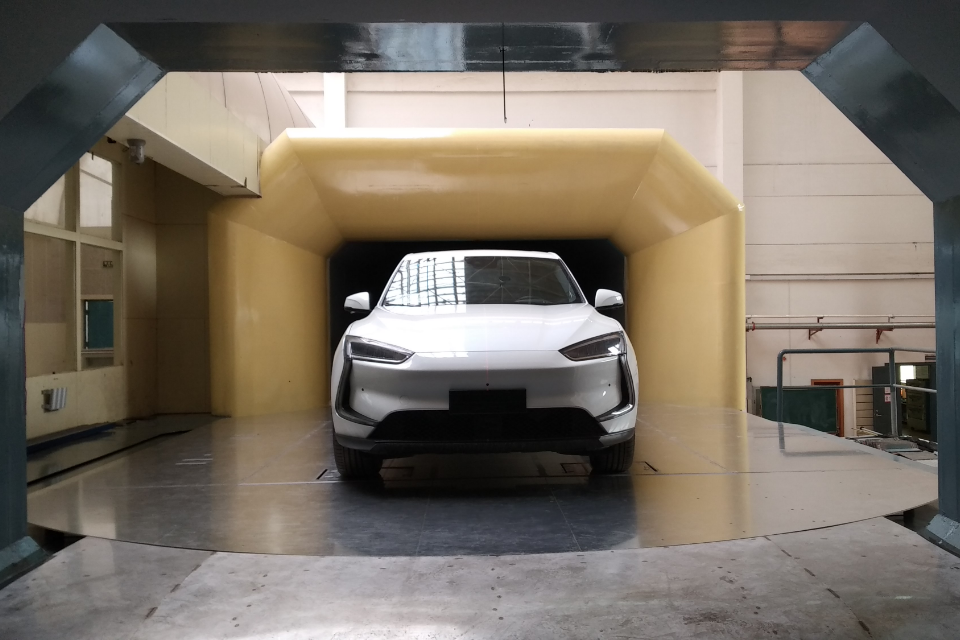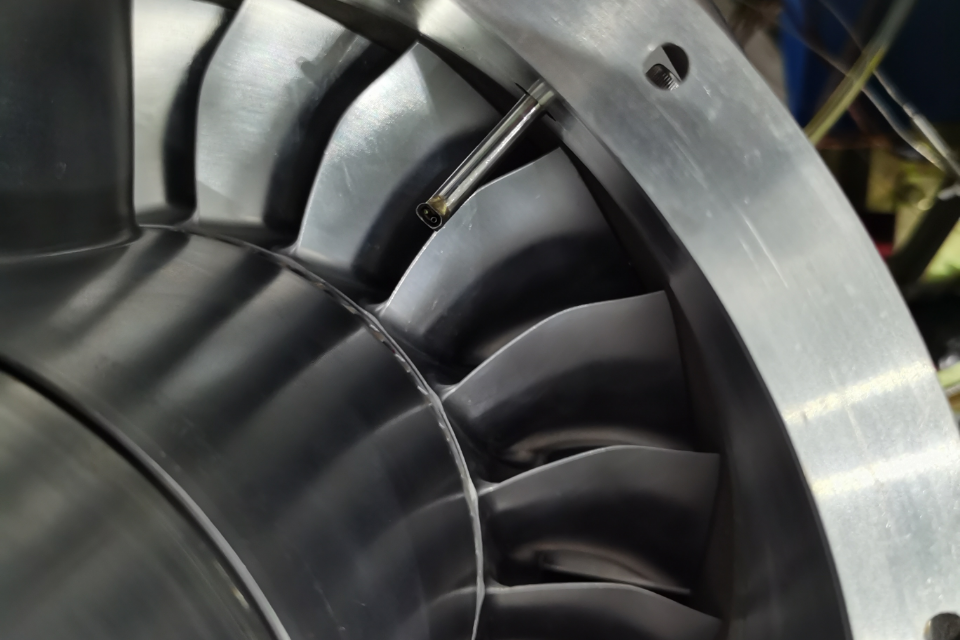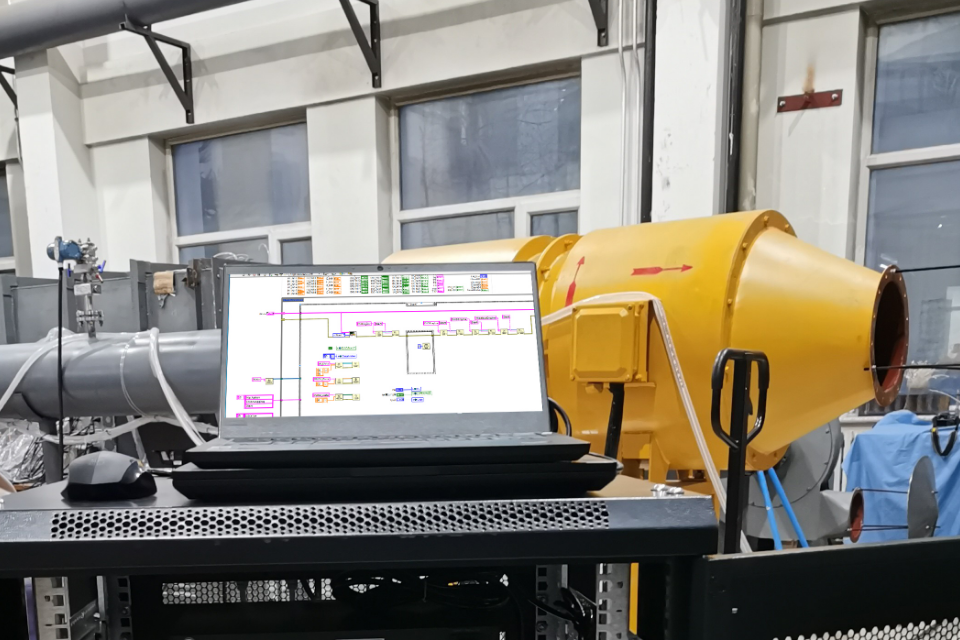
The role of the pressure sensor:
We understand that the pressure sensor is the core component of pressure measurement, and its essence is a transducer that converts physical pressure signals (gas or liquid) into quantifiable and transmissible signals (such as voltage, current or digital signals). According to different principles, there are mainly piezoresistive, piezoelectric, capacitive, optical and other types.
At this time, you need to understand what a sensor contains, including a pressure-sensing diaphragm, which can directly feel the pressure and cause deformation or changes in electrical properties.
The second is the signal circuit, which can amplify the small original signal and improve the accuracy and stability. There is also an output interface that can provide standardized analog or digital signal outputs.
A single pressure sensor is responsible for single-point, continuous pressure measurement. Its performance indicators (accuracy, range, response, temperature drift, etc.) directly determine the measurement of this point.
Ethernet Intelligent Pressure Scanners: A Systematic Solution for Multi-Sensor Integration
Ethernet Intelligent Pressure Scanners is a highly integrated multi-channel pressure data acquisition system. Its core design concept is not to replace sensors, but to integrate multiple (usually 16, 32, 64 or even 128 or more) high-precision pressure sensors, sophisticated reference pressure sources (such as built-in manometers), powerful signal conditioning Circuits, communication interfaces, and control logic circuits are packaged in a compact, robust, and temperature-stable unit to solve some of the challenges faced by multi-point pressure measurement.
1. Solve multi-channel and wiring problems: In complex fluid system tests, it is often necessary to monitor the pressure of dozens or even hundreds of measurement points at the same time. The use of independent sensors means the same number of signal lines, power lines, and data acquisition channels. This not only leads to complex wiring and high cost, but also introduces huge risks of wiring errors, space occupation and signal interference. Windtuner Intelligent Ethernet Intelligent Pressure Scanners integrates 16 tuned high-precision pressure sensor modules, an atmospheric pressure sensor and an atmospheric temperature sensor in a compact, rugged package. This small size and highly integrated process enable it to adapt to more complex measurement conditions, and further simplifies the wiring system architecture.
2. Solve the problem of synchronous measurement: When measuring dynamic processes (such as engine combustion cycle, transient airflow, brake hydraulic fluctuations), the time synchronization of pressure data at each measurement point is very important. Millisecond-scale deviations can lead to analysis errors. If a separate sensor is used to access different channels, even if hardware support sampling is adopted, the small clock offset and trigger delay between channels will be difficult to completely avoid.
Windtuner Ethernet Intelligent Pressure Scanners ensures a high degree of consistency of data in all channels and realizes quasi-synchronization in the true sense because all sensors share the same set of precise clock reference, trigger signal and signal conditioning circuit, and the sampling interval is short and fixed. This is important for capturing transient phenomena and accurately calculating parameters such as pressure difference and pulsation.
















